Home>Home Appliances>Cleaning Appliances>What Is A Mop Head


Cleaning Appliances
What Is A Mop Head
Modified: February 25, 2024
Discover the benefits of a mop head for efficient cleaning. Find out how this cleaning appliance can make your household chores easier. Learn more.
(Many of the links in this article redirect to a specific reviewed product. Your purchase of these products through affiliate links helps to generate commission for Storables.com, at no extra cost. Learn more)
Introduction
Welcome to the world of cleaning appliances, where the humble mop takes center stage. In the realm of mopping, the mop head is an indispensable component that significantly influences cleaning efficiency and effectiveness. Whether you're a cleaning enthusiast or a professional janitor, understanding the nuances of a mop head can elevate your cleaning game to a whole new level.
The mop head, often overlooked, is the essential part of a mop that comes into direct contact with the surface being cleaned. It plays a pivotal role in determining the mop's ability to pick up dirt, absorb spills, and leave surfaces sparkling clean. From traditional cotton strands to modern microfiber marvels, mop heads come in a variety of materials and designs, each tailored to specific cleaning needs.
In this comprehensive guide, we'll delve into the intricacies of mop heads, exploring their types, materials, and how to choose the right one for your cleaning tasks. By the end of this journey, you'll have gained a newfound appreciation for the unsung hero of the cleaning world – the mop head. So, let's roll up our sleeves and embark on this enlightening exploration of the versatile and indispensable mop head.
Key Takeaways:
- Mop heads are the essential part of a mop that comes into direct contact with the surface being cleaned, and they come in various types and materials tailored to specific cleaning needs.
- When choosing a mop head, consider factors such as surface type, cleaning task, material properties, size, attachment mechanism, and durability to achieve efficient and effective cleaning results.
Read more: How To Put A Mop Head On
Definition of a Mop Head
At its core, a mop head is the removable and often replaceable part of a mop that comprises the cleaning surface. It is the business end of the mop, responsible for making direct contact with the floor or surface being cleaned. Mop heads come in various shapes, sizes, and materials, each serving unique cleaning purposes.
Traditionally, mop heads were made of cotton strands, which were highly absorbent and effective at picking up dirt and spills. However, with advancements in cleaning technology, modern mop heads now encompass a diverse range of materials, including microfiber, sponge, and synthetic blends. These materials offer enhanced cleaning capabilities, such as improved absorbency, durability, and dirt-trapping properties.
Furthermore, mop heads can be categorized based on their design and purpose, with options ranging from string mops for heavy-duty cleaning to flat mops for smooth surface maintenance. Some mop heads are designed for wet mopping, while others excel in dry dusting and polishing. The versatility of mop heads makes them indispensable tools for maintaining cleanliness in various settings, from homes and offices to commercial spaces and healthcare facilities.
Understanding the anatomy of a mop head is crucial for optimizing cleaning performance. It consists of the cleaning surface, which comes into direct contact with the floor, and the attachment mechanism that secures it to the mop handle. This attachment can vary, with options such as screw-on, snap-on, or hook-and-loop fastenings, each offering convenience and ease of use during mop head replacement.
In essence, a mop head is not just a simple cleaning accessory; it is a dynamic and essential tool that plays a vital role in achieving pristine cleanliness and hygiene. As we continue our exploration, we’ll delve deeper into the diverse types and materials used in crafting these indispensable components, unraveling the secrets behind their cleaning prowess.
Types of Mop Heads
Mop heads come in a diverse array of types, each tailored to specific cleaning tasks and surfaces. Understanding the various types of mop heads is crucial for selecting the most suitable option for your cleaning needs. Let’s explore some common types of mop heads:
- String Mop Heads: These classic mop heads feature long, loosely hanging strands of yarn or fabric, providing excellent absorbency and durability. String mop heads are ideal for heavy-duty cleaning tasks, such as mopping up spills and scrubbing stubborn stains on hard floors.
- Sponge Mop Heads: Sponge mop heads are characterized by their porous, sponge-like material, which excels in absorbing liquids and cleaning solution. They are well-suited for smooth, non-textured floors and are particularly effective in mopping up spills and removing excess water.
- Flat Mop Heads: Also known as microfiber mop heads, these flat, rectangular mop heads are designed for efficient cleaning of smooth surfaces, such as hardwood floors and tiles. They are adept at trapping dust and dirt, making them ideal for dry mopping and polishing tasks.
- Screw-On Mop Heads: These mop heads feature a screw-on attachment mechanism, allowing for secure and stable connection to the mop handle. They are commonly used in commercial cleaning settings and are known for their reliability and ease of use.
- Looped-End Mop Heads: With their looped-end construction, these mop heads offer enhanced durability and prevent fraying of the mop strands. They are well-suited for smooth and rough surfaces alike, providing efficient cleaning and extended service life.
Each type of mop head boasts unique characteristics that cater to specific cleaning requirements, making it essential to choose the right type based on the surface to be cleaned and the nature of the cleaning task. As we delve deeper into the world of mop heads, we’ll unravel the materials used in their construction, shedding light on the diverse properties that contribute to their cleaning prowess.
When choosing a mop head, consider the material it’s made of. Microfiber is great for picking up dirt and grime, while cotton is good for absorbing liquids. Choose the one that best suits your cleaning needs.
Materials Used in Mop Heads
The materials used in crafting mop heads play a pivotal role in determining their cleaning efficiency, durability, and versatility. From traditional cotton to innovative microfiber, a diverse range of materials is employed to create mop heads tailored to specific cleaning needs. Let’s explore some common materials used in mop head construction:
- Cotton: Traditional cotton mop heads are renowned for their exceptional absorbency and durability. The natural fibers of cotton efficiently capture dirt and liquid, making them ideal for general-purpose cleaning tasks in both residential and commercial settings.
- Microfiber: Microfiber mop heads are crafted from ultra-fine synthetic fibers that offer superior cleaning performance. These fibers possess exceptional dirt-trapping capabilities, making them highly effective for capturing and retaining dust and debris. Microfiber mop heads are also known for their quick-drying properties and are suitable for both wet and dry mopping.
- Synthetic Blends: Mop heads made from synthetic blends combine the strengths of various synthetic materials to create durable and versatile cleaning tools. These blends may include polyester, nylon, and other synthetic fibers, offering enhanced durability, absorbency, and resistance to microbial growth.
- Sponge: Sponge mop heads are crafted from porous, absorbent sponge material, making them ideal for efficiently soaking up liquids and cleaning solutions. They are particularly effective for smooth floor surfaces and are commonly used in household cleaning applications.
- Mixed Materials: Some mop heads feature a combination of materials, such as cotton and synthetic fibers, to harness the unique properties of each material. This fusion results in a versatile mop head capable of addressing a wide range of cleaning challenges, from spills and stains to routine maintenance.
Each material brings distinct advantages to the mop head, catering to specific cleaning requirements and surface types. Whether it’s the absorbency of cotton, the dirt-trapping prowess of microfiber, or the durability of synthetic blends, the choice of material significantly influences the cleaning performance of the mop head. As we continue our exploration, we’ll unravel the considerations for choosing the right mop head to achieve optimal cleaning results.
How to Choose the Right Mop Head
Choosing the right mop head is essential for achieving efficient and effective cleaning results. With a variety of mop head types and materials available, selecting the most suitable option requires careful consideration of several factors. Here are key aspects to consider when choosing the right mop head for your cleaning tasks:
- Surface Type: Consider the surface you will be cleaning. For smooth surfaces such as hardwood floors and tiles, flat mop heads or sponge mop heads are ideal. For rough or textured surfaces, string mop heads with long, absorbent strands are more effective at dislodging dirt and grime.
- Cleaning Task: Determine the nature of the cleaning task. For heavy-duty cleaning, such as spills and stains, string mop heads provide excellent scrubbing and absorption capabilities. For light dusting and polishing, microfiber flat mop heads are well-suited for trapping dust and maintaining shine.
- Material Properties: Assess the properties of different materials. Cotton mop heads offer exceptional absorbency, making them suitable for liquid spills and general cleaning. Microfiber mop heads excel in trapping dust and debris, making them ideal for dry mopping and polishing tasks.
- Size and Coverage: Consider the size of the mop head in relation to the cleaning area. Larger mop heads provide greater coverage and efficiency for larger spaces, while smaller mop heads offer maneuverability and precision for targeted cleaning.
- Attachment Mechanism: Evaluate the attachment mechanism of the mop head. Whether it’s a screw-on, snap-on, or hook-and-loop fastening, ensure that the attachment provides a secure and stable connection to the mop handle, minimizing the risk of detachment during cleaning.
- Durability and Maintenance: Consider the durability and maintenance requirements of the mop head. Synthetic blends and microfiber materials offer enhanced durability and are often machine washable, providing long-lasting performance and cost-effective maintenance.
By carefully assessing these factors, you can make an informed decision when selecting a mop head that aligns with your specific cleaning needs. Whether it’s tackling tough stains, maintaining pristine floors, or addressing everyday spills, the right mop head can significantly enhance the efficiency and quality of your cleaning endeavors.
As we conclude our exploration of mop heads, it’s evident that these seemingly simple cleaning tools harbor a wealth of diversity and functionality, each contributing to the art and science of effective cleaning. Armed with the knowledge of mop head types, materials, and selection criteria, you’re well-equipped to elevate your cleaning prowess and achieve remarkable cleanliness with every swipe and swirl.
Read more: How To Fix A Mop Head
Conclusion
As we draw the curtain on our enlightening journey through the realm of mop heads, it’s clear that these unassuming cleaning components wield significant influence over the outcomes of our cleaning endeavors. From their diverse types to the array of materials used in their construction, mop heads embody versatility, functionality, and innovation, catering to an extensive range of cleaning tasks and surfaces.
Throughout our exploration, we’ve uncovered the enduring appeal of traditional cotton mop heads, celebrated the dirt-trapping prowess of microfiber marvels, and marveled at the absorbency and durability of synthetic blends. We’ve navigated through the world of string mop heads, sponge mop heads, flat mop heads, and looped-end mop heads, each designed to address specific cleaning challenges with precision and efficacy.
Furthermore, our journey has equipped us with the knowledge and insights needed to make informed decisions when choosing the right mop head for diverse cleaning scenarios. By considering factors such as surface type, cleaning task, material properties, size, attachment mechanism, and durability, we can harness the full potential of mop heads to achieve exceptional cleanliness and hygiene.
As we bid adieu to this exploration, let’s carry forward our newfound appreciation for the unsung hero of the cleaning world – the mop head. Let’s embrace the art and science of cleaning, recognizing the pivotal role that these unassuming yet indispensable tools play in transforming mundane tasks into feats of cleanliness and order.
Armed with the knowledge and understanding gained from our journey, we can confidently navigate the world of mop heads, elevating our cleaning game and reveling in the satisfaction of pristine floors, spotless surfaces, and gleaming environments. So, as you embark on your next cleaning adventure, remember the unsung hero that quietly awaits its moment to shine – the versatile and indispensable mop head.
Frequently Asked Questions about What Is A Mop Head
Was this page helpful?
At Storables.com, we guarantee accurate and reliable information. Our content, validated by Expert Board Contributors, is crafted following stringent Editorial Policies. We're committed to providing you with well-researched, expert-backed insights for all your informational needs.
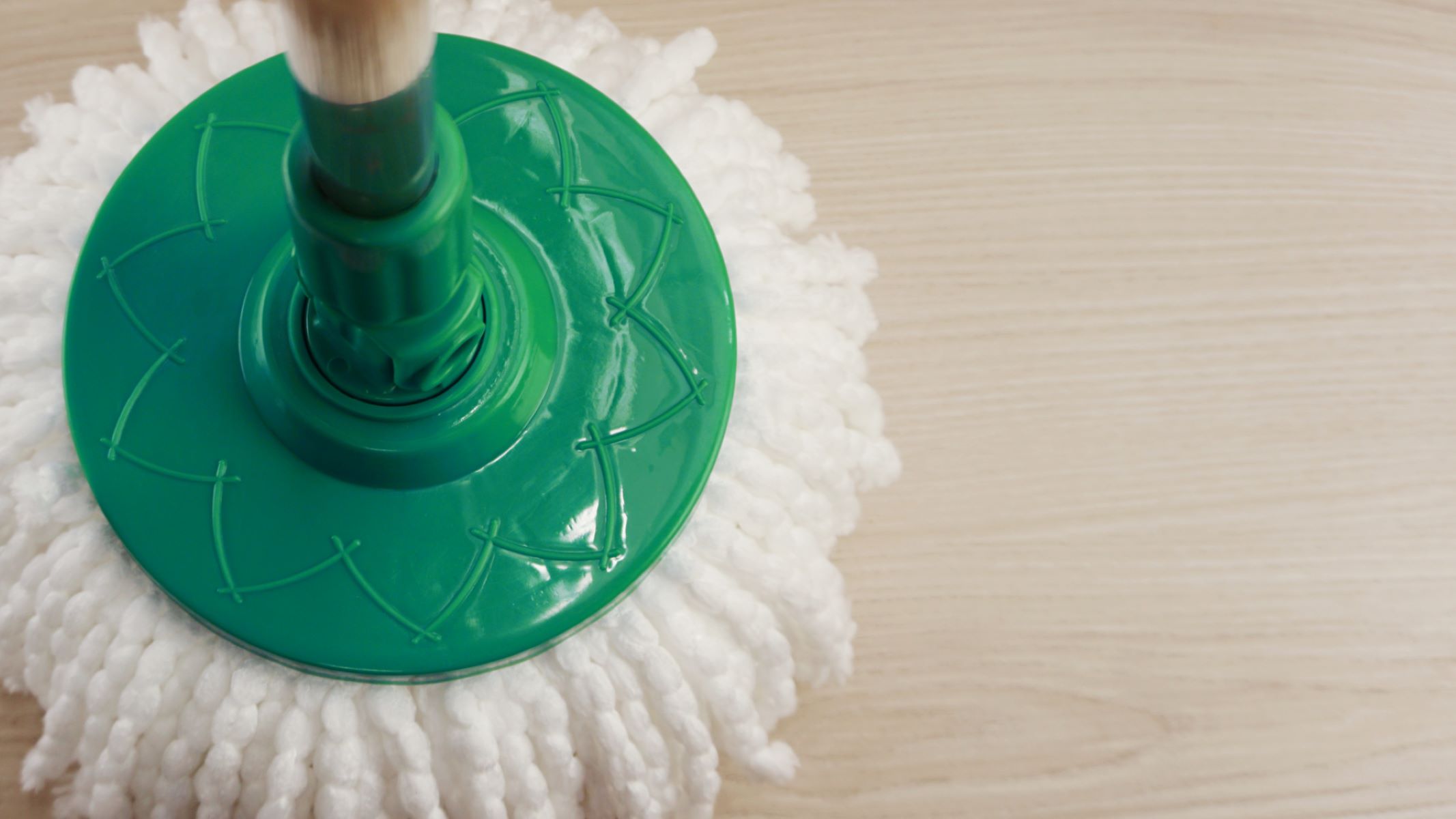
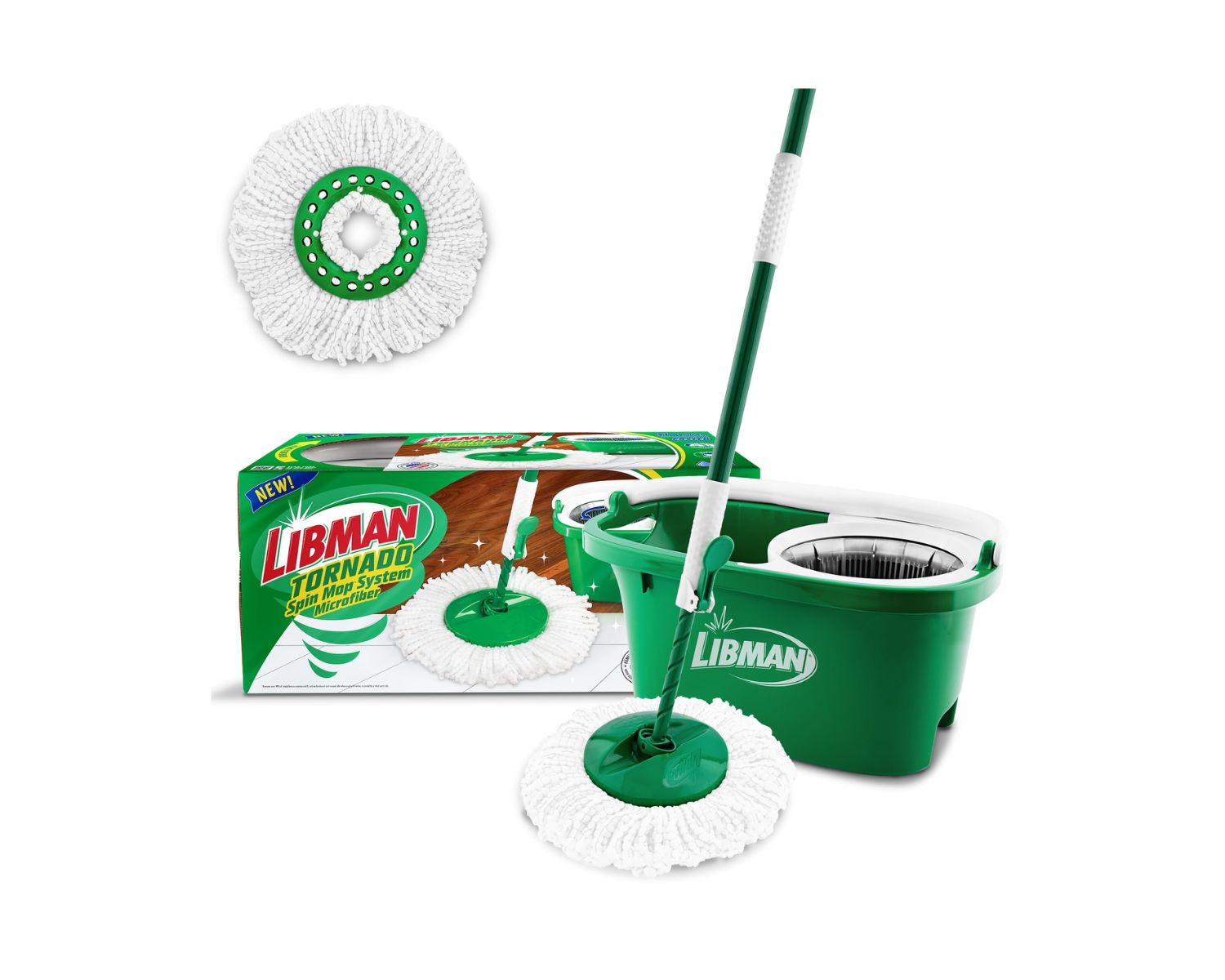
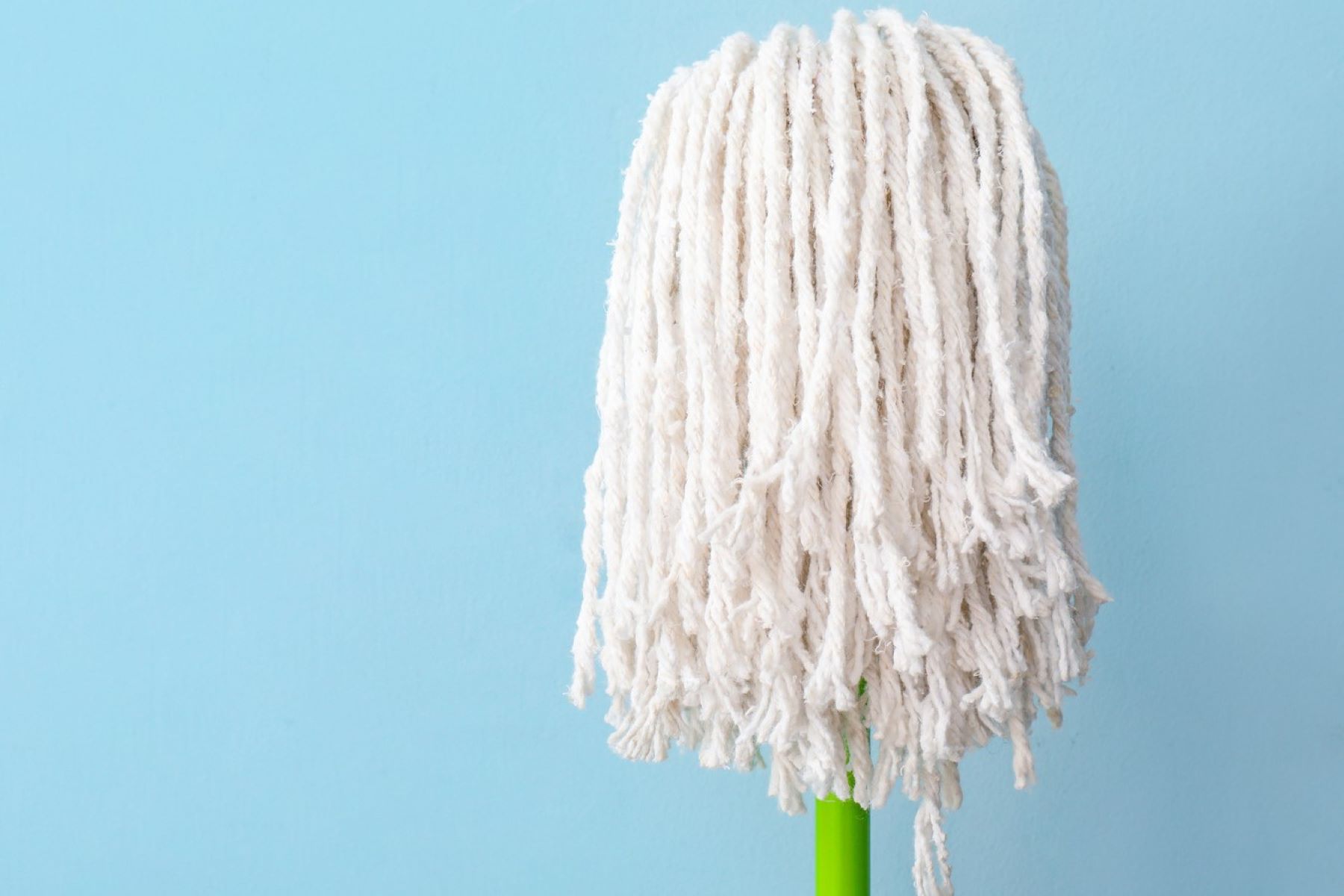
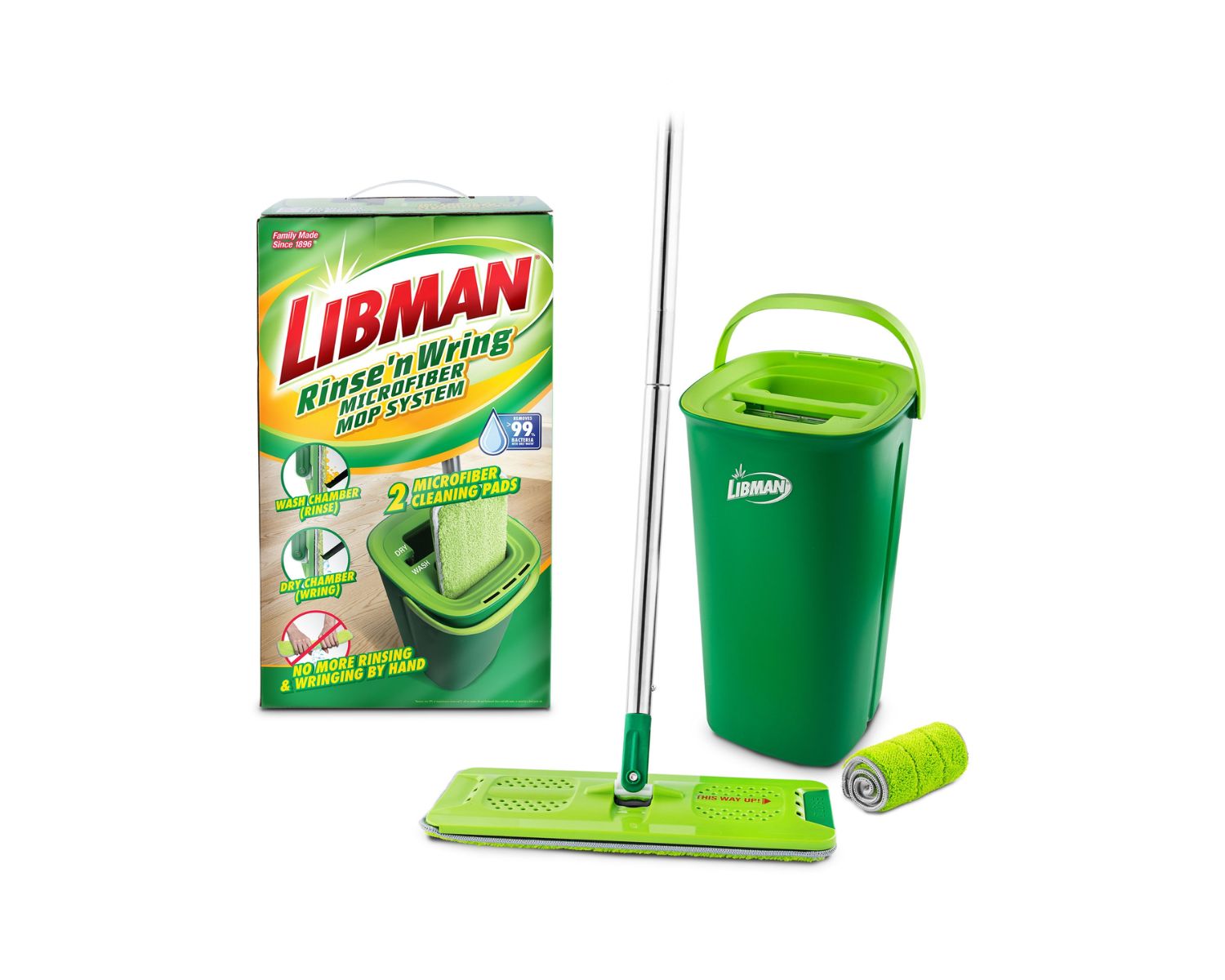
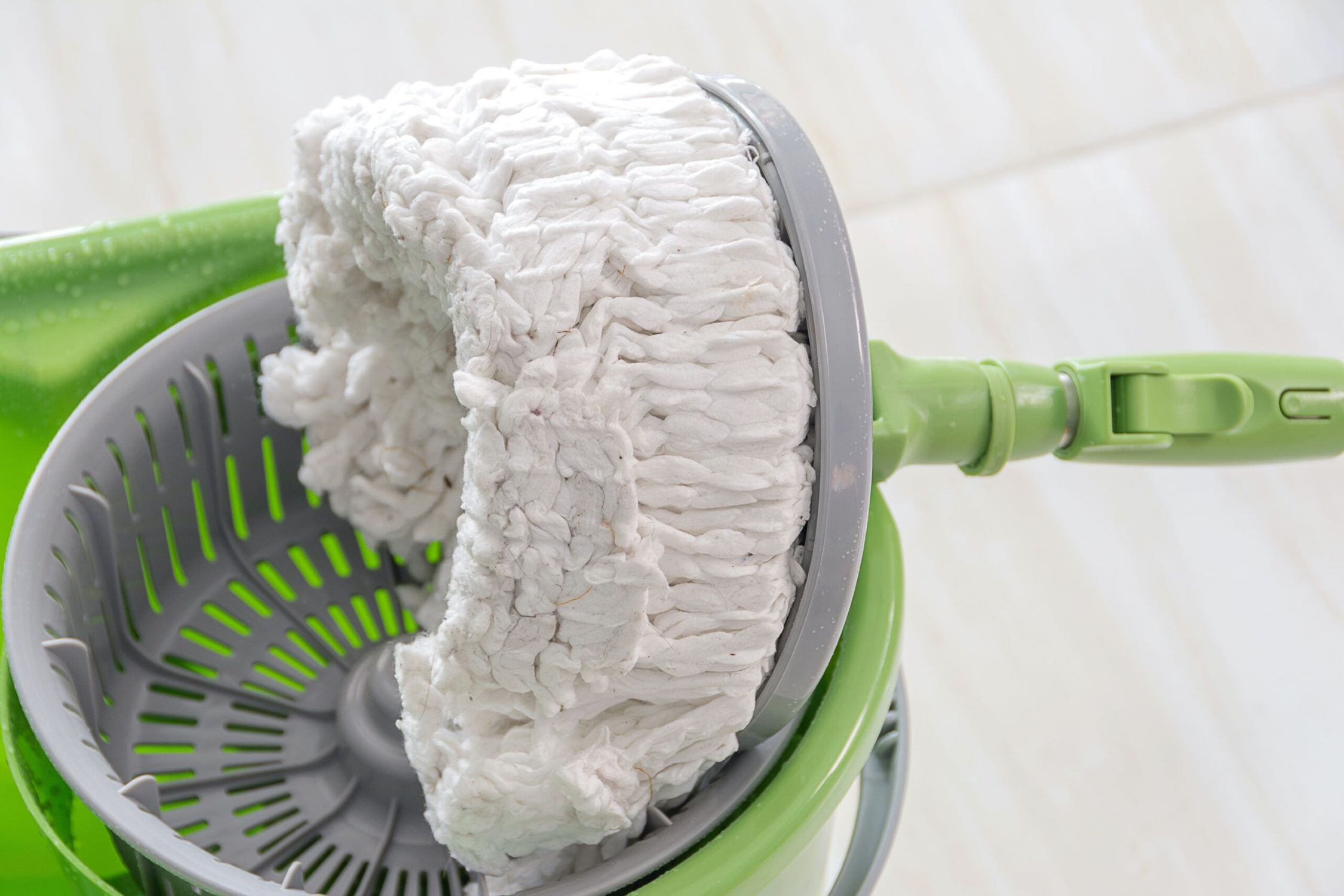
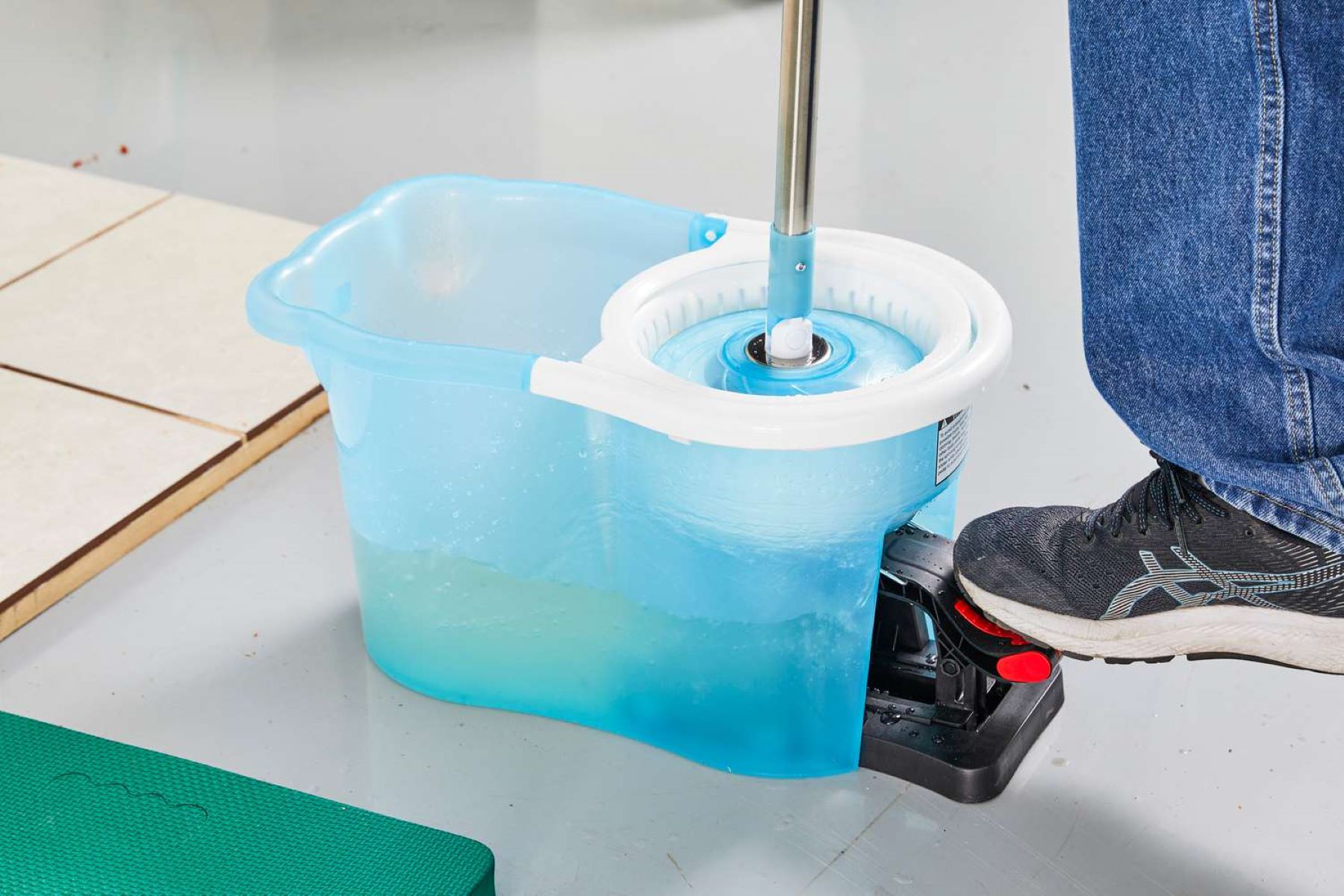
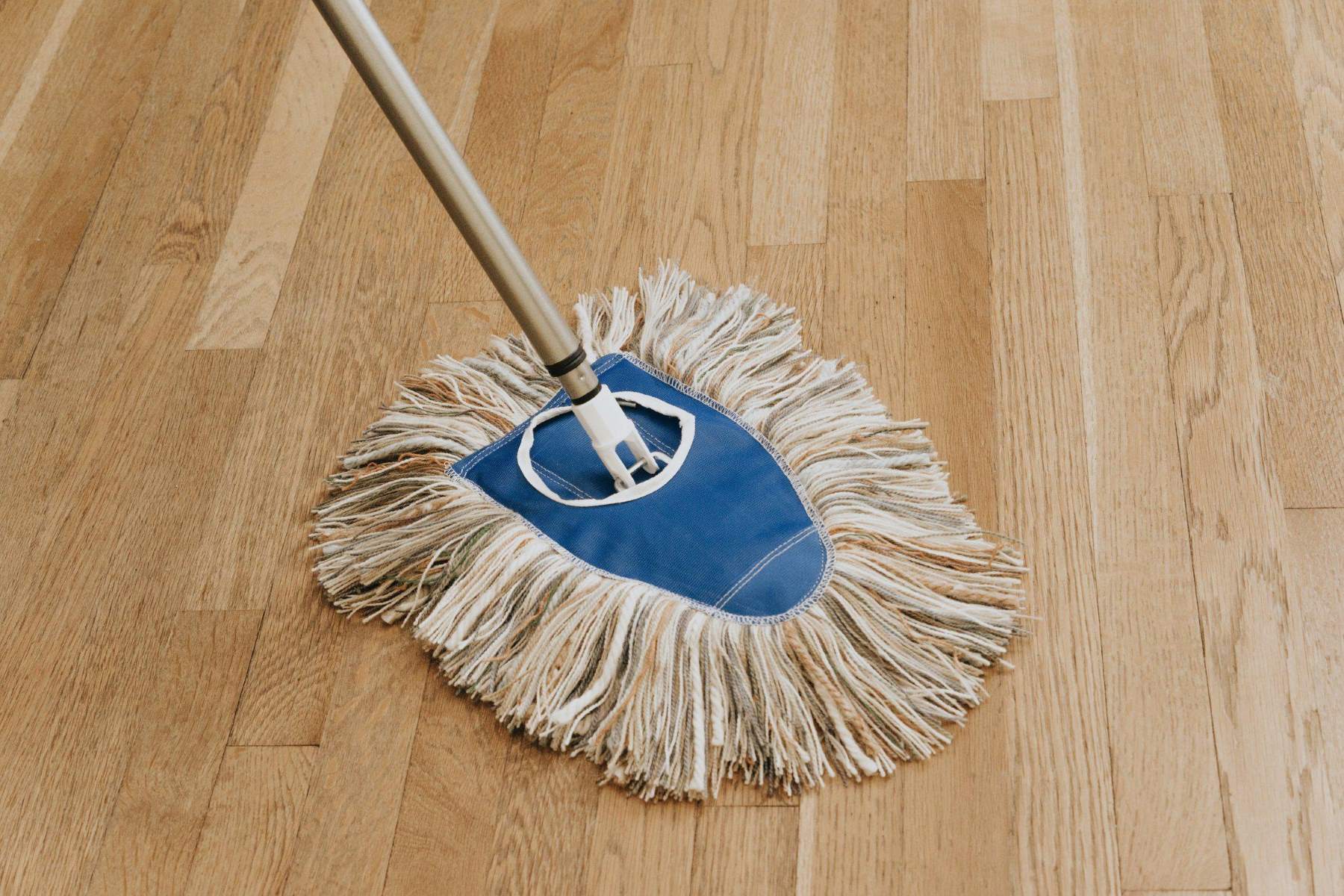
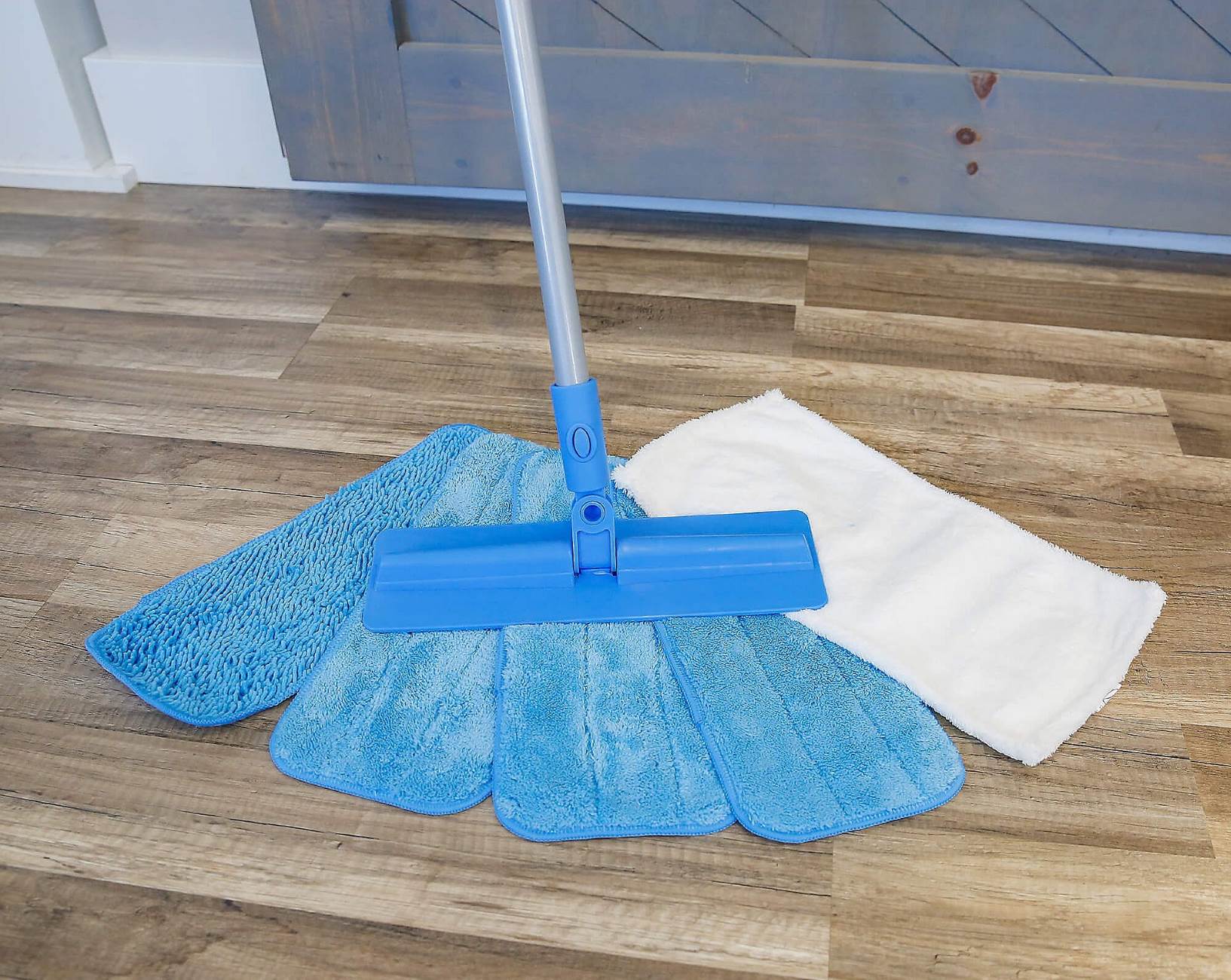
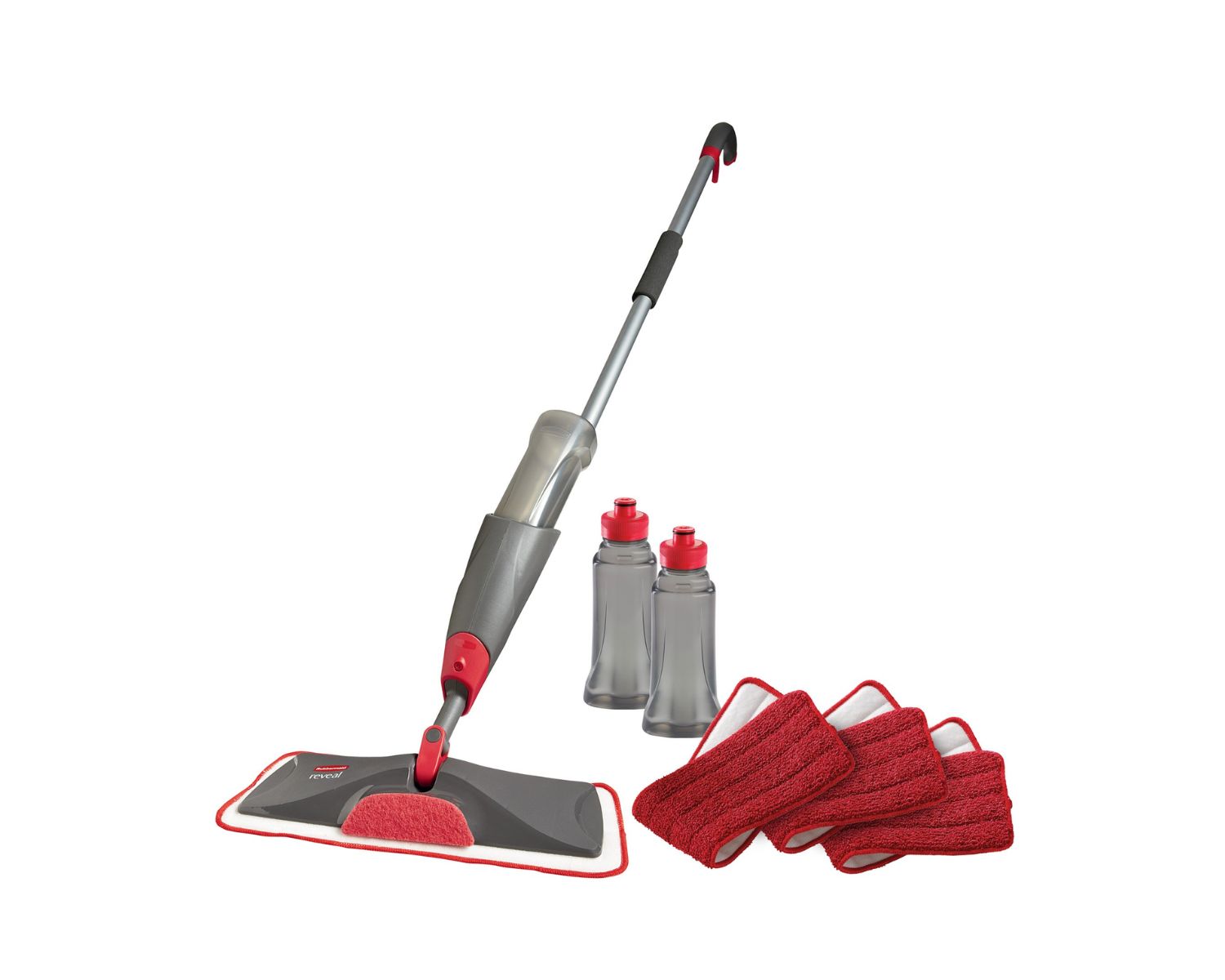
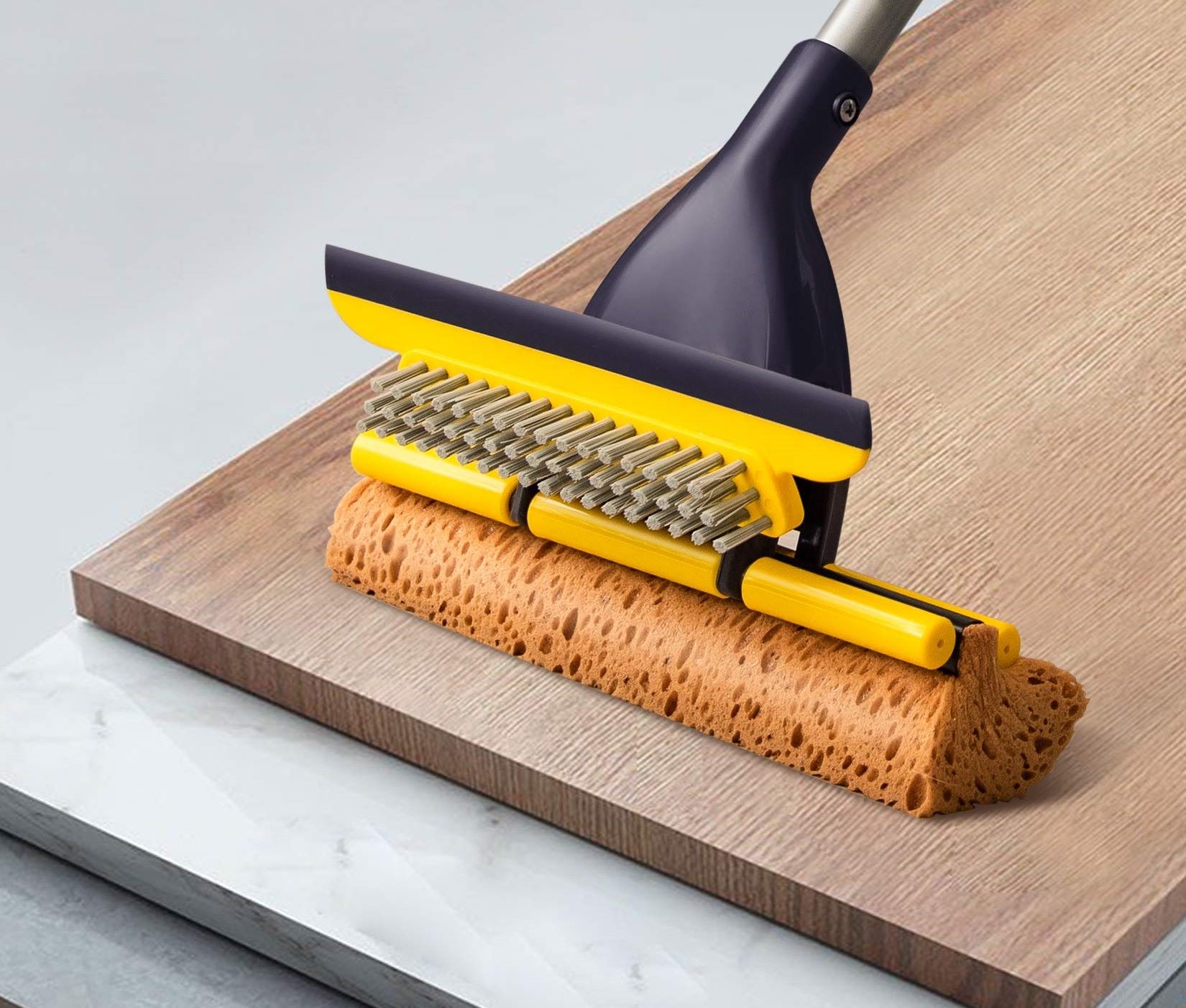
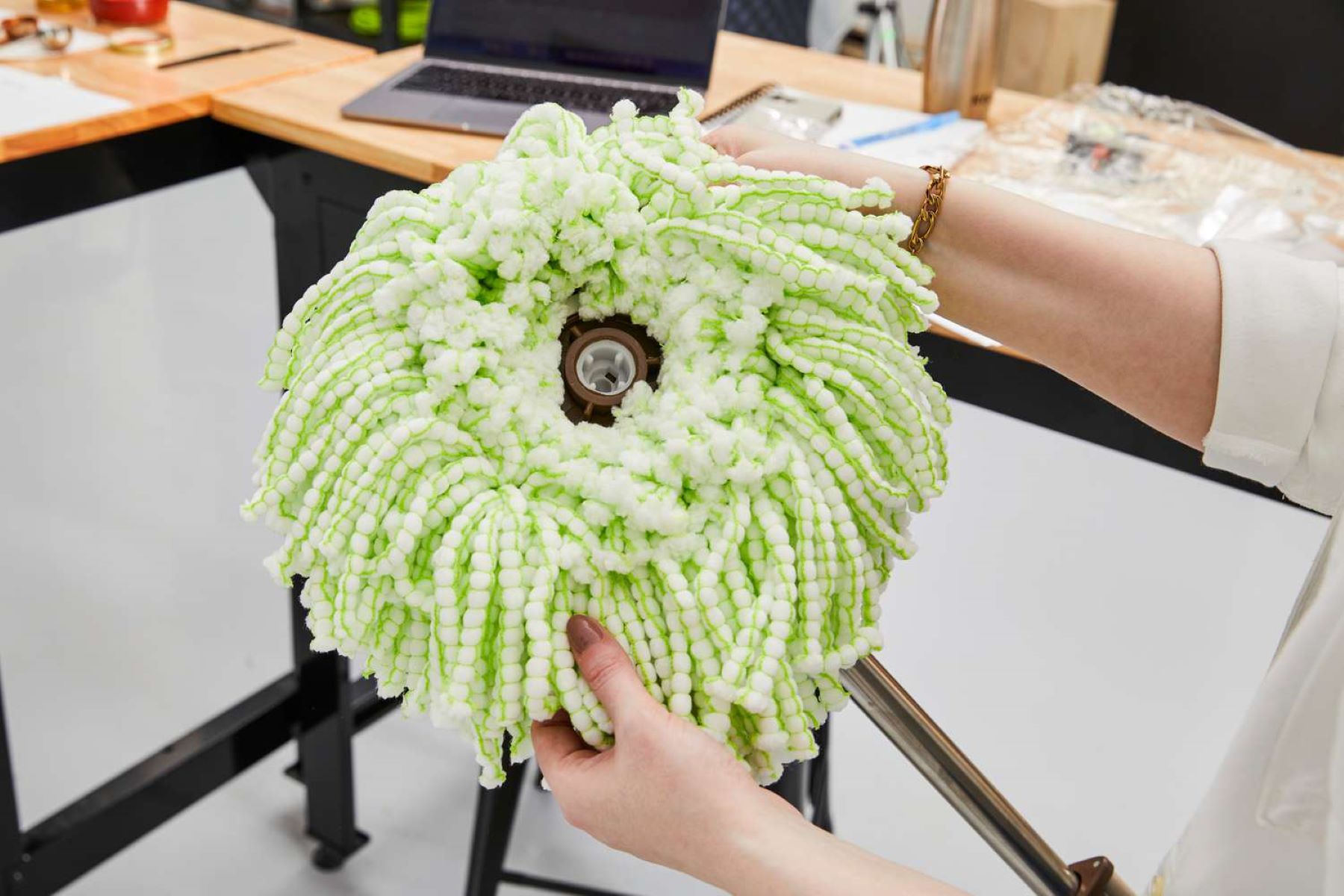
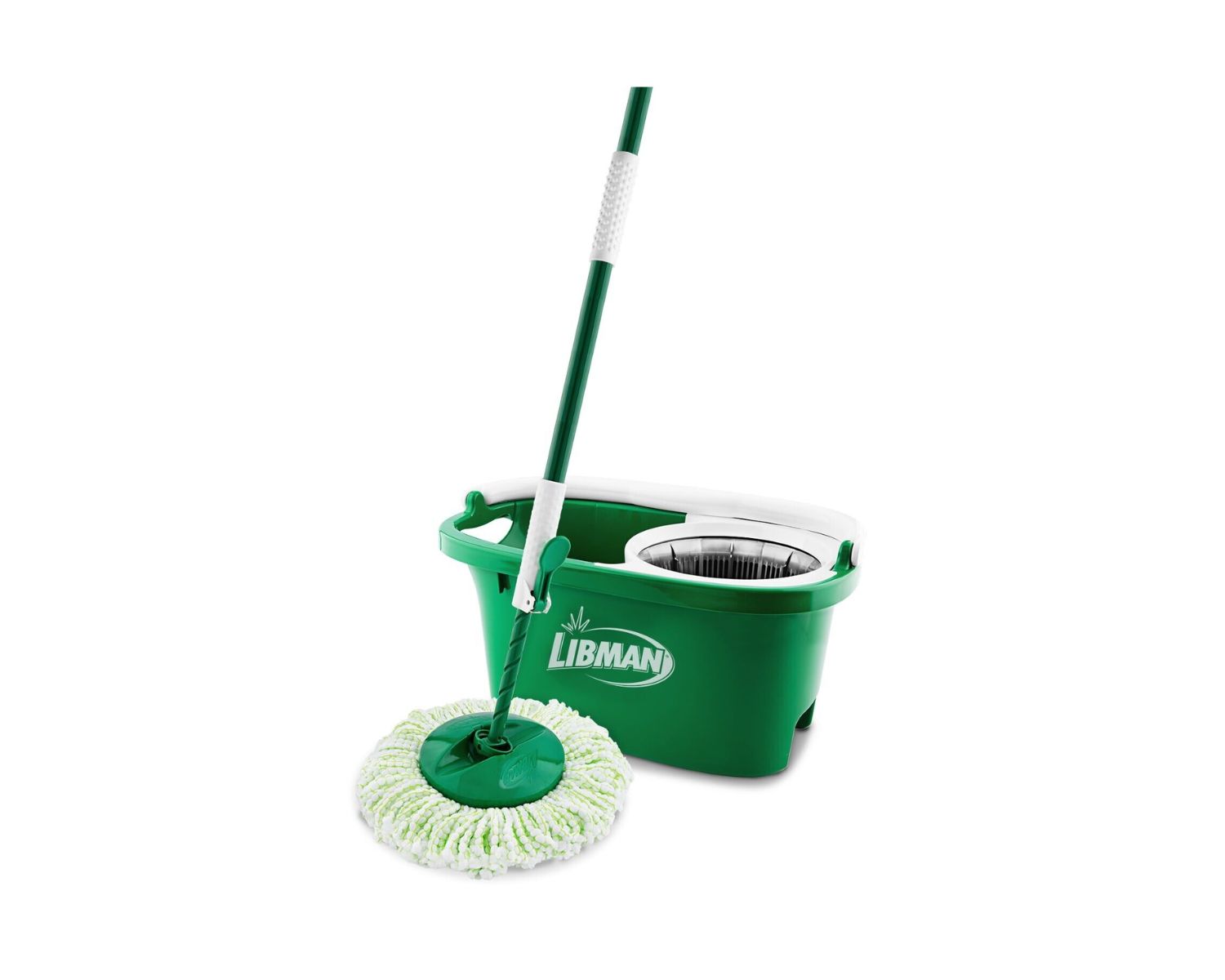
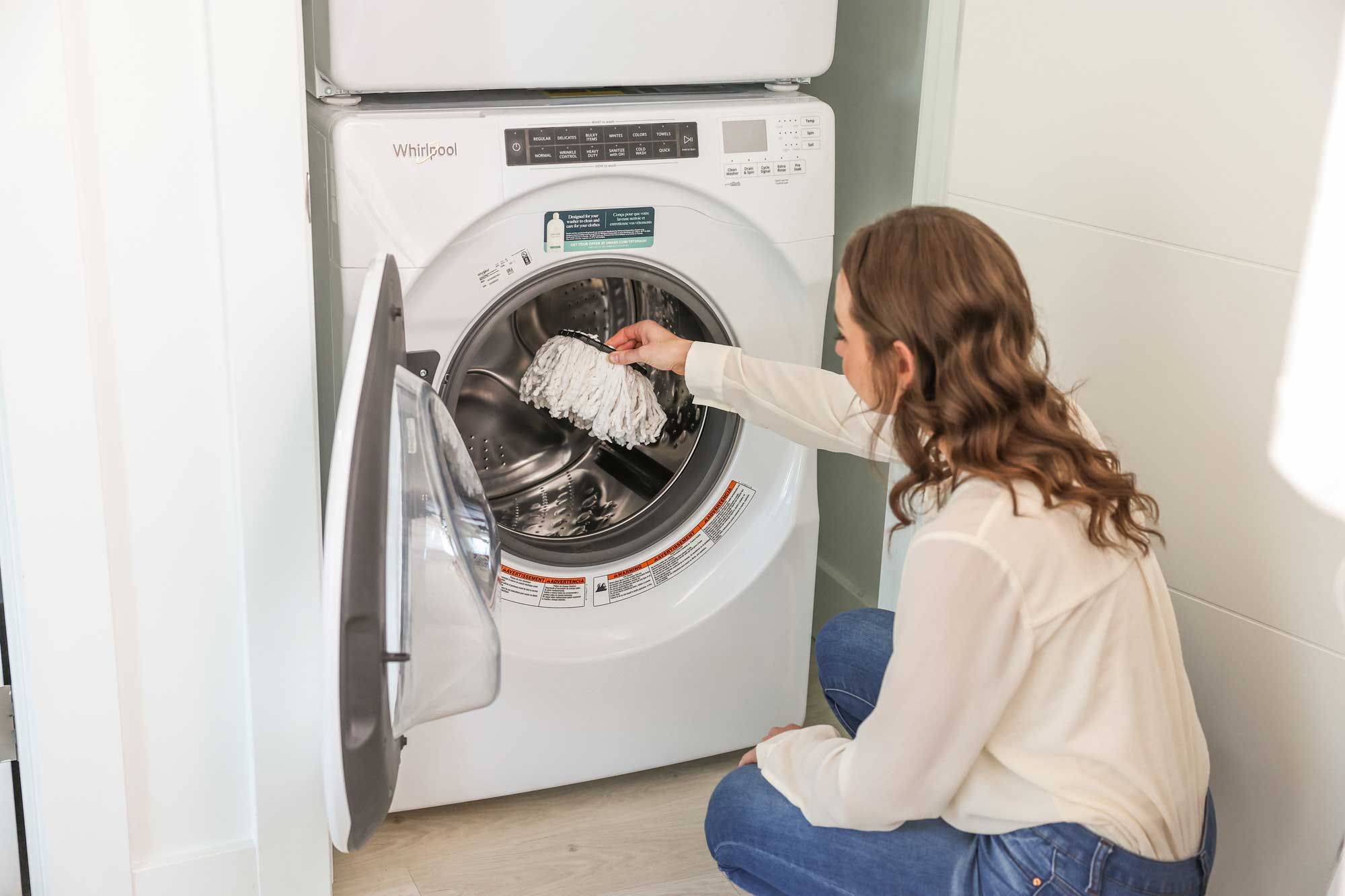
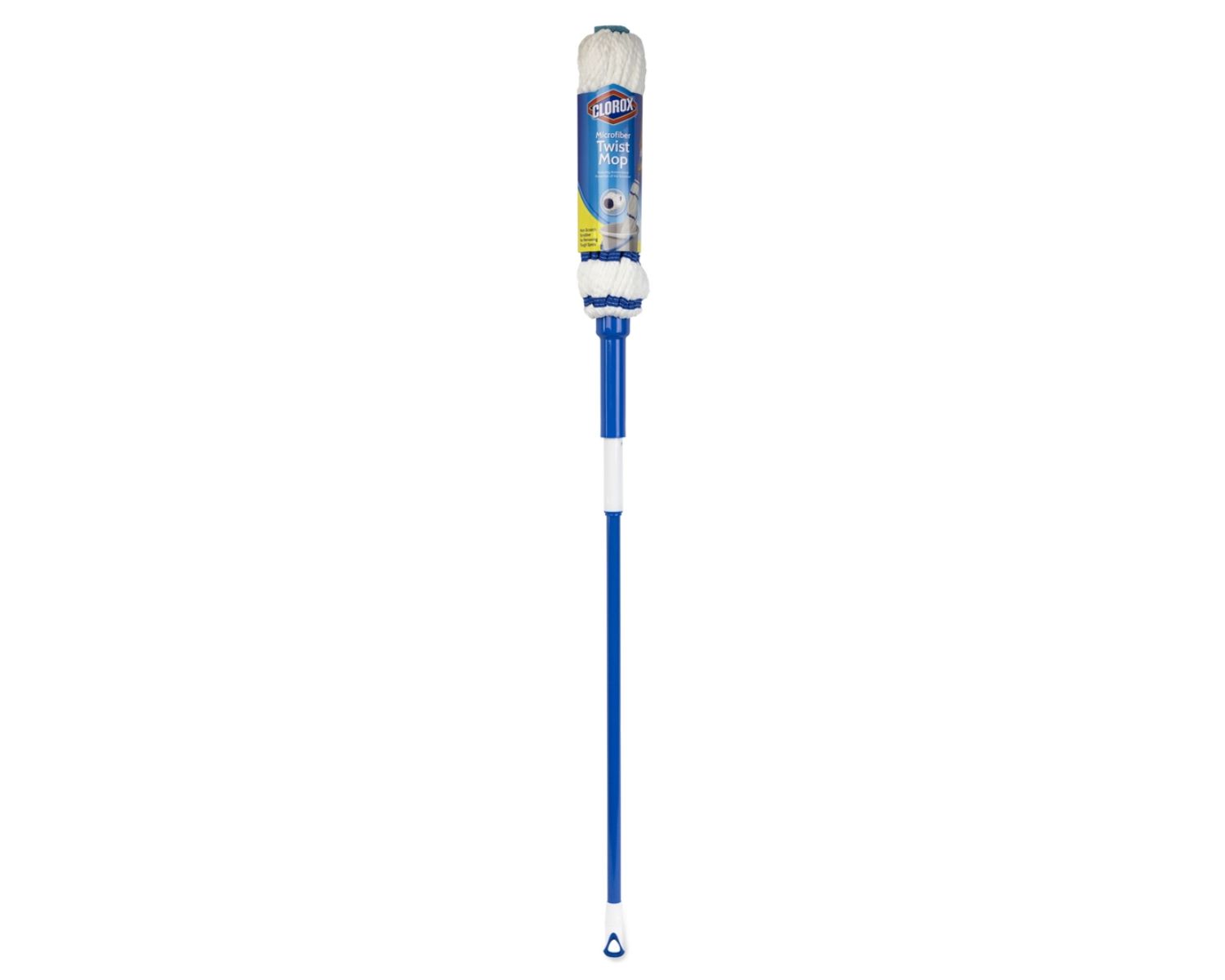

0 thoughts on “What Is A Mop Head”